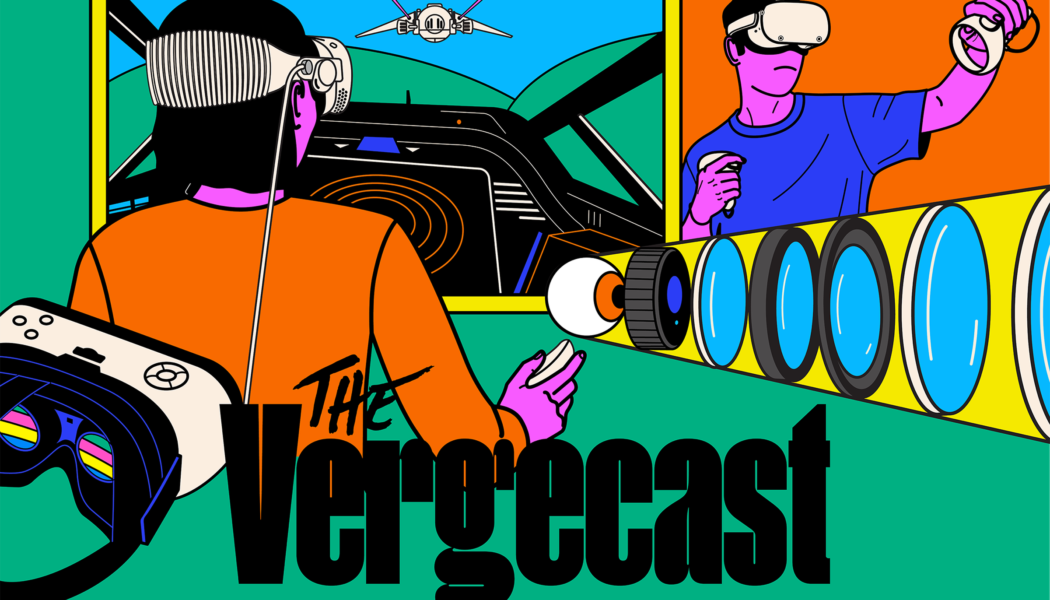On The Vergecast: we fall down the flight simulator rabbit hole.

From the earliest pixelated games to the outrageously realistic experiences of today, flight simulators have always been pushing the boundaries of what can be visually recreated in a video game. It’s one thing to make space look good; it’s another thing entirely to faithfully recreate the cockpit of a 747 and the whole world around which it might fly.
On this episode of The Vergecast, the fourth and final installment of our series on the five senses of video games, we asked Polygon’s Charlie Hall to help us make sense of the current state of the art in flight simulation. Hall, who once spent more than four months in VR mapping the edge of the Milky Way galaxy in Elite: Dangerous, has more experience in a virtual cockpit than most. We wanted to know how the pros set up their simulators to get the most realistic experience and why it’s so complicated to make a virtual world look like the real one.
Hall makes the case that while VR and XR headsets hold a lot of promise for even more realistic experiences in the future, the best virtual cockpits of today are still made up of multi-monitor setups and power-hungry GPUs. That’s true whether you’re playing in your house or you’re running the official F-22 Raptor and F-35 Lightning simulators at the US Air Force. The best versions of these setups can be hard to believe… until you see it for yourself.
If you want to know more about the topics we cover in this episode, here are a few links to get you started:
The Vergecast /
A podcast about technology and emotions









